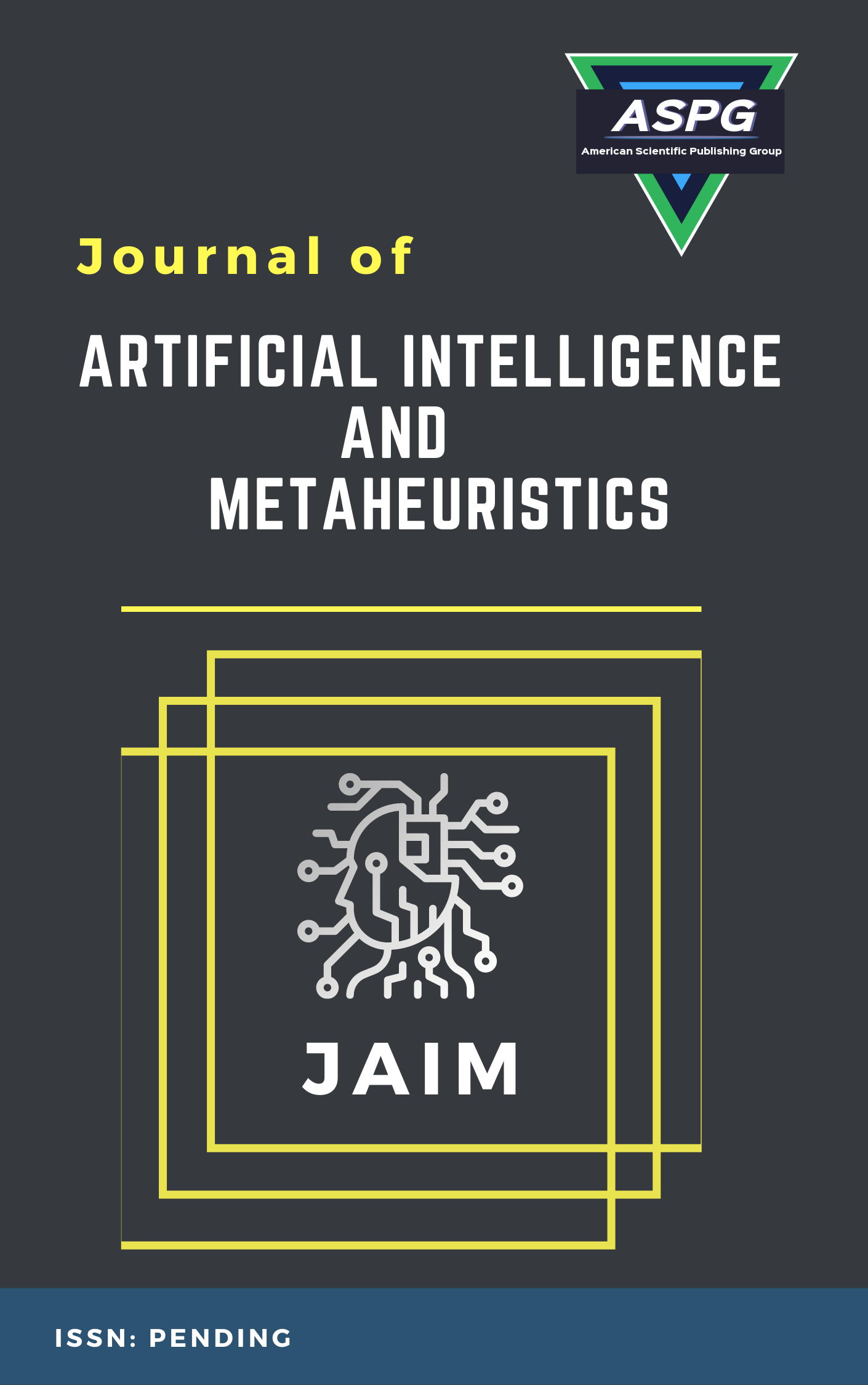

There are numerous definitions of hybrid systems that vary from one another in terms of the methods suggested. In general, hybrid systems can be characterised as combining two or more distinct approaches to create a fusion system that depends on the merged approaches. Sequential, auxiliary, and embedded hybrid systems are different types of hybrid systems. In general, in order to use biometrics, there must be a way to record the chosen distinguishing attribute. Preprocessing is then utilised to enhance the input. Then, for processing and storage, the most distinguishing features are extracted, encoded, and added to a suitable representation template. By comparing query inputs to templates that have been stored, it is possible to identify the subject under examination. Biometric systems have been employed by numerous industries.
Read MoreDoi: https://doi.org/10.54216/JAIM.010102
Vol. 1 Issue. 1 PP. 20-26, (2022)
The term” crime prevention” refers to a group of initiatives that work with people, communities, businesses, non-governmental organizations, and all levels of government to address the numerous social and environmental risk factors for crime, disorder, and victimization in communities. In this paper, the authors proposed various regression model for the prediction of communities and crime including decision tree regressor, MLP regressor, SVR, random forest regressor, and K-Neighbors regressor. The communities and crime dataset are used for training and evaluation the proposed model. The results show that there is a decrease in RMSE, MAE, MBE, R, R2, RRMSE, NSE, and WI when compared to the traditional methods.
Read MoreDoi: https://doi.org/10.54216/JAIM.010103
Vol. 1 Issue. 1 PP. 27-34, ()
Generally, the process of detecting micro expressions takes significant importance because all these expressions reflect the hidden emotions even when the person tried to conceal them. In this paper, a new approach has been proposed to estimate the percentage of sarcasm based on the detected degree of happiness of facial expression using fuzzy inference system. Five regions in a face (right/left brows, right/left eyes, and mouth) are considered to determine some active distances from the detected outline points of these regions. The membership functions in the proposed fuzzy inference system are used as a first step to determine the degree of happiness expression based mainly on the computed distances and then another membership function is used to estimate the percentage of sarcasm according the outcomes of the membership functions in the first step. The proposed approach is validated using some face images which are collected from the SMIC, SAMM, and CAS(ME)2 standard datasets.
Read MoreDoi: https://doi.org/10.54216/JAIM.010104
Vol. 1 Issue. 1 PP. 35-44, (2022)
The Electroencephalography (EEG) is a signal representing the electrical activity of the brain and is used in the diagnosis of brain diseases. The EEG signal is weak and highly prone to noise from the powerline which generates a sinusoidal signal with the main frequency of 50/60 Hz. Therefore, three harmonics of powerline noise must be removed using notch filters for a perfect diagnosis which requires three series notch filters. This paper presents a new method to design a digital notch finite impulse response (FIR) filter using a modified particle swarm optimization technique. The proposed method provides a short length, maximum stopband attenuation, and small transition width compared to different algorithms which results in removing the noise in EEG signal efficiently.
Read MoreDoi: https://doi.org/10.54216/JAIM.010101
Vol. 1 Issue. 1 PP. 08-19, (2022)
The care of new born infants is the most important and sensitive part of the biomedical domain. A prototype is developed which gives a reliable and efficient infant monitoring system that can play a vital role in providing better infant care. The focus of this paper is to implement a smart health monitoring system that uses noninvasive sensors to read different health parameters. Implementation of affordable medical technology health monitoring sensor system is developed and demonstrated to measure blood saturation levels (SpO2), heart rate, motion rate, and body temperature simultaneously. The embedded system is based on a Wi-Fi module to the mobile application for the parents to be aware of his condition for reassurance. The safety issue of the infant is also confirmed in this system. So its location can be required in the application using a GPS module so that the infant more saver to avoid widespread abductions and The theft of the infants is reduced.
Read MoreDoi: https://doi.org/10.54216/JAIM.010105
Vol. 1 Issue. 1 PP. 45-52, (2022)